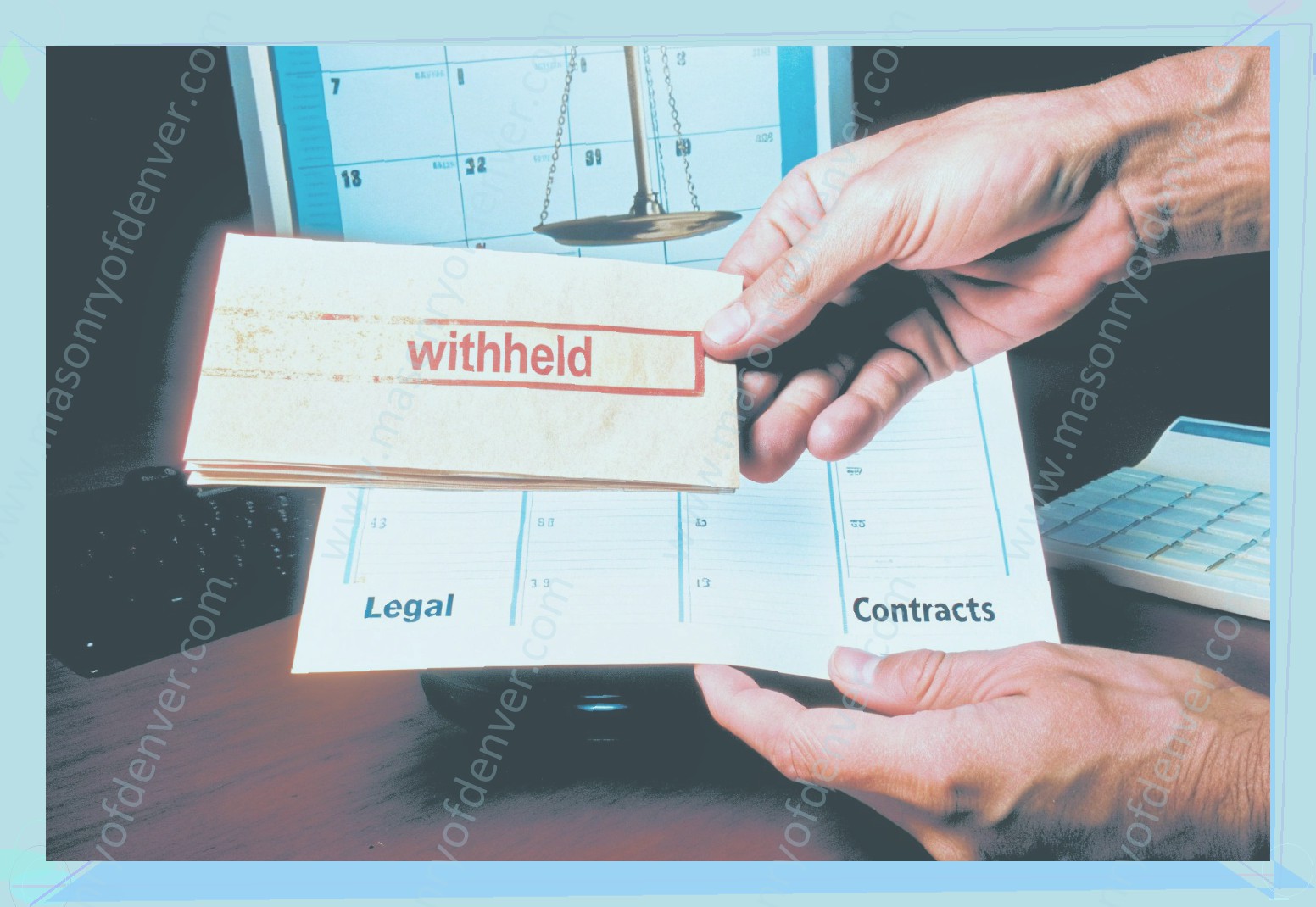What is Legal Guardianship?
Legal guardianship is a legal authority to care for a person or an estate. To be a guardian is to have the authority to act for another person who cannot act for themselves. A legal guardian can do almost anything the person under guardianship could do, except vote or have a driver license. Guardians must make decisions with the same care that a hypothetical, reasonable "prudent person" would use when making personal decisions for themselves.
In addition to being of legal age, the person seeking to be named the Guardian must be mentally competent to understand the act of guardianship. In North Carolina the following people cannot be appointed as legal guardian: convicted felons, the incapacitated person’s spouse, and health care providers . Importantly, grandparent, great grandparent, uncle, aunt, niece and nephew are not disqualified from appointment.
Guardianship is either guardianship of the person or guardianship of the estate. An individual can serve as only guardian of the estate or as only guardian of the person, or he or she can be appointed for both. Guardians of the person look after the health and welfare of the individual under guardianship and must make decisions that reflect the best interest of the ward. Guardians of the estate handle the property and financial assets of the incapacitated person and make decisions regarding income and expenditures, investments and other business-related affairs.
Medicaid: An Overview
Medicaid is a social health care program that was created by a combination of federal and state law. In order to participate in Medicaid, the low-income health care program, states must create their own Medicaid plan. The federal government pays a set percentage of each state’s Medicaid expenditures while that state pays the remainder.
Medicaid is entirely needs-based, meaning that applicants must meet strict financial requirements to qualify for the program. Eligibility is determined by the amount of an applicant’s income and assets. State plans for Medicaid paperwork and this means that processing times and levels of required documentation vary between states. Some states also require face-to-face interviews for Medicaid applications, but this is less common than it used to be.
Two Medicaid programs exist, the Federal-State Health Care Coverage (HSCC) and the Federal Aid to Families with Dependent Children (AFDC). The HSCC is available to disabled individuals and families with very limited incomes for temporary medical assistance. The AFDC is available to families who are entitled to unemployment insurance for loss of a family member or a sudden absence of income; the program also provides medical care for blindness, long-term and short-term disabilities and, in some states, temporary unemployment.
Medicaid programs have coverage limitations and eligibility requirements and as such, not all disabilities and health care requirements are covered. For example, Medicaid will provide coverage for common health care needs but not for long-term care and institutionalization. Instead, applicants for Medicaid must determine whether or not they will qualify based on their monthly income and assets and whether or not those needs are considered "medical" in nature.
Medicaid in not to be confused with Medicare although both are social insurance programs. Medicaid is designed to be a broader "safety net" for low-income children and families while Medicare covers only the elderly and disabled while working to cut down on the high cost of prescription drugs.
The Junction of Guardianship and Medicaid
It is important that legal guardians understand the possible impacts of Medicaid on the well-being of their wards. Depending on the extent of the disability, Medicaid may be a primary resource for medical care and support services. This can create complexities for the guardian as well as the ward. It also can be very important for the ward to qualify for Medicaid in the first place.
There are two primary areas where the legal guardianship can impact eligibility for Medicaid: the financial resources of the ward and the application process. Having a firmly established legal income and resource picture for your loved one will help avoid delays or denials during the application process. This means having an accurate picture of his or her assets, income, and expenses.
As a result of extreme gift giving, the first step is often the Medicaid income and resource assessment. We often begin by utilizing a personal financial statement to assess the assets during the time the gift began. To the extent that assets have been depleted, we then determine forecasts for the next 3-5 years. Your loved one must have less than $2000 in credit-able resources for the standard Medicaid application. Then we create a future forecast, both to determine the necessary spend down if insufficient and to protect assets if sufficient.
The next step is setting up appropriate P&O accounts. These trusts are established to allow only expenditures that are in the ward’s best interest. There are different types of P&O accounts and they are all designed to properly calculate the benefit eligibility for Medicaid. This is essential if your loved one has exceeded the Medicaid asset limits, but income assistance is still necessary. They also can be used for legal income and resource preservation during the spend down.
Guardianship & Medicaid Qualification
Determining how legal guardianship impacts Medicaid eligibility can be a complex process. Indeed, different forms of Medicaid have different eligibility criteria that are affected by the status of legal guardians. Here, we’ll examine some of these unique considerations for standard Medicaid program rules, Medicaid waivers, and special needs trusts.
Standard Medicaid Programs
Legal guardianship can impact eligibility for standard Medicaid programs, as assets owned by a person under legal guardianship do not count as "available resources" to the person. Thus, if the individual is otherwise "income eligible" for the standard Medicaid programs, their list of available resources would include only the income they receive (as income must be "spent down" on care and other living expenses) and money held in special needs trusts that are created by wards with their own funds. For this reason, the appointment of a legal guardian of a Medicaid eligible person is disfavored.
However, if the legal guardian has not been appointed before the Medicaid application is submitted, the Medicaid applicant must list all of their assets. More importantly, the applicant must also demonstrate his or her intent to liquidate or spend down non-exempt property. Otherwise, the equity value of his or her non-exempt resources may be calculated into a monthly excess resource income that must be "spent down" with assistance from family/friends or from the personal needs allowance an institutionalized person under Medicaid receives.
As a general rule, the courts and DSS have 6 months to review any excess resource income for a person under legal guardianship, to make a determination whether such property was liquidated/spent down for either maintenance or payment of the legal guardianship.
Medicaid Waivers
A ward’s eligibility for Medicaid waiver programs depends entirely on financial resources and net income. Although a legal guardian will be required to complete the initial waiver application and any associated forms for renewal, the official responsible party on the waiver forms will remain the ward him or herself. Thus, although a legal guardian must fill out and sign any such waiver application, the ward will still be the official party to any agreements attached to the application. For these reasons, the individual circumstances for the ward and their guardian will not affect their right to apply for, and remain eligible, for waiver services.
Special Needs Trusts
If an individual has a special needs trust and their legal guardian subsequently passes away, the Department of Social Services (DSS) will review and potentially evaluate any assets held within the trust. Specifically, DSS will look for "compensatory benefits," or "the right to receive benefits" through the trust that would allow a ward to cash-in certain benefits for personal use. Specifically, DSS will look for five specific "compensatory benefits" in any special needs trust:
If DSS finds any of the above without "compensation" provisions in the special needs trust, the assets of the trust will then count towards the asset limit for standard Medicaid assistance.
Conclusion
This article seeks to give an overview of those particular Medicaid issues related to individuals under legal guardianship. For Medicaid recipients who have special needs trusts or a need for assistance from the Medicaid waiver programs, there is generally no effect on the person’s Medicaid eligibility and, as such, a legal guardian should not file a Medicaid application with any personal information or financial records from the ward. However, when a person under legal guardianship is not a Medicaid recipient and is seeking guardianship, it is possible that his or her Medicaid application will be declined based on their financial resources.
How to Apply for Medicaid When the Ward is a Guardian
If you have been the legal guardian of a person with disabilities and the need for Medicaid has arisen, you may be responsible for applying for benefits under the Medicaid program. The guardianship document will provide the legal basis for your application as well as providing the general authority you have over the assets of the person under guardianship. Now, depending on the type of guardianship, there are some or all assets that may be the responsibility of the guardian, and therefore they must be listed in the Medicaid application for the person who is under guardianship.
Similar to what I stated in the section above, if you are the guardian of the estate of a person with disabilities, then you must list all those assets that you personally, through your legal fiduciary duties, have control over. But the more difficult portion of the Medicaid application process comes from identifying all the assets that belong to the person under guardianship. In many cases, there are other people who have a hand in day to day care and management of the income and assets of the person under guardianship . The Medicaid application process will likely require disclosure of those assets and especially all the income that may not go directly to the person under guardianship, but is spent directly on their behalf, or, at the very least, for their benefit. I have seen cases where the person under guardianship may own a home, but the Medicaid application process requires documentation of the monthly mortgage payment. Why? Because you have to demonstrate the money being used to pay the mortgage can’t be used for the benefit of the person under guardianship, maybe the mortgage payment was a gift to the person under guardianship. For example, if the person under guardianship is paying 600 per month for their portion of the mortgage, but they only receive income of 500 dollars per month, then the other 100 per month is likely a gift to the person under guardianship from the other owner of the home. As you can see, this is very tedious and very time consuming.
Therefore, my recommendation is for any guardian of the estate of a person under guardianship, that you develop a log of the income and expenses related to the beneficiary of the guardianship. This will help in the long run, of helping you prove which funds and assets legitimately belong to the person under guardianship.
Navigating the Administration of Medicaid in the Context of Guardianship
From managing benefits to understanding regulations, guardians face numerous challenges when dealing with legal guardianship and Medicaid. Some of the most common problems include legal hurdles, financial management issues, and bureaucratic obstacles. Legal challenges are one of the main concerns for guardians, especially when it comes to applying for and maintaining Medicaid eligibility. Some states have more complex regulations than others, making it difficult to keep up with changes in the law. If guardians misunderstand the eligibility criteria established by Medicaid, they may inadvertently spend down a beneficiary’s assets, causing him or her to lose eligibility. Guardians may also face financial difficulties when managing benefits for a legally incapacitated person. The guardian must keep accurate records of all finances and expenses related to the beneficiary’s care. He or she must also document all income received by the beneficiary, such as Social Security or pension payments. Inaccurate record keeping can lead to mistakes which could affect future Medicaid eligibility, or worse, result in penalties or fines. Bureaucratic issues, such as paperwork requirements and application processes, can also pose challenges for guardians. The first step in the Medicaid application process usually involves completing and submitting a variety of forms to the state Medicaid agency. Guardians must gather all requested documentation, and re-submit forms if a previous application or documentation has been denied. Having an attorney who specializes in Medicaid planning who can help streamline this process can be a tremendous benefit. Managing Medicaid for a legally incapacitated person can be a time-consuming and complicated process. It is important to keep detailed records and understand eligibility criteria.
Legal Insight and Financial Guidance
Recognize why that extra $200 – between the Medicaid Special Needs Trust and the Supplemental Needs Trust – can create legal issues right out of a Law & Order episode.
In New York, when planning to administer financial resources for a legal guardian in charge of supplemental needs trust, there are two alternatives under the law. One option is called a "Medicaid Special Needs Trust," found in Estates, Powers, Trusts and Fiduciaries Law ("EPTL") Sec. 7-1.12. The other is the Supplemental Needs Trust (EPTL Sec. 7-1.12-a), which is separate and distinct from the New York State Public Benefits statute at Social Services Law ("SSL") 366.5. If the assets are administered pursuant to the Medicaid Special Needs Trust, that is, the "trust" form of administration, the assets are not countable for the purposes of Medicaid eligibility and the resources are those of the beneficiary. The "trustee" is expected to provide all supplemental goods and services to the beneficiary. Generally, this is viewed as an ideal means of providing funds for a disabled person where the disabled person also receives government benefits after a Medicaid availability analysis. When the Supplemental Needs Trust rules are selected and the assets are administered under the public benefits statutes, the assets must be held in the beneficiary’s name and the "trustee" is simply a representative payee. The resource availability rules are the same as if the assets were not held in the trust. While the assets are in the individual name of the beneficiary, many banks will not allow that to happen, and may not allow a trust account to be set up for a person receiving public benefits. It would appear that choosing a Supplemental Needs Trust would obviously be a less expensive option, using the same legal documents and structure except for the trust. However, in reality, an individual who needs these special needs trust documents may need to go on Public Assistance (Welfare) and Food Stamps . Therefore, there is more work to be done under the Supplemental Needs Trust. There are recurring annual forms to fill out with Public Assistance and Food Stamp renewals, which may require additional visits to the local Welfare Office. There may be additional time needed to prepare, file, and respond to Medicaid notices and requirements. One of the important distinctions is whether the assets are owned by the beneficiary or not. Medicaid is available if the assets are in the individual’s name, but it may be necessary to make a fair hearing appeal to determine if the individuals’ assets are available. While the Supplemental Needs Trust is in the beneficiary’s name, there are no deprivations in assets for Medicaid. If there is a three year look back period, the assets are not owned in the name of the beneficiary. For Supplemental Needs Trust, there is:
• a shutdown of the existing accounts,
• re-establishing new ones,
• follow up with Public Assistance,
• navigate through the Bureau of Medicaid Eligibility, and
• continue to stay in communication with an attorney who is trained in these areas of expertise.
It is mandatory for all New York estate planning attorneys to become certified as a "Certified Specialist" under The National Elder Law Foundation (NELF). The NELF requires members to take an educational course and examination regarding Supplemental Needs Trusts, Public Assistance, Medicare and Medicaid, Elder Abuse & Neglect and Guardianship. Typically lawyers concentrate on the transfer of assets and wealth management aspects of supplemental needs trusts, which is actually part of the Medicaid spend-down and transfer rules. Medicaid is the 800 pound Gorilla, and a family living with a Medicaid recipient should plan for the Medicaid recertification, eligibility notices and specifics of the supplemental needs trust. The title of "trust" may be misleading, but the financial ramifications and rules are specific.




